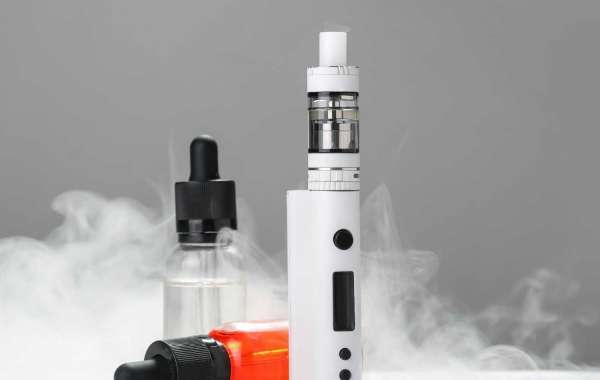Vaping has become increasingly popular as an alternative to smoking traditional tobacco products, offering a potentially less harmful method of nicotine delivery. One of the latest advancements in the vaping industry is Tobacco Heating Products (THP) vaping. This technology aims to provide a reduced-risk alternative to combustible tobacco products by heating, rather than burning, tobacco. In this answer, we will explore what THP vaping is, how it differs from traditional vaping, and the potential benefits and concerns associated with this emerging technology.
1. Understanding THP Vaping
Tobacco Heating Products (THP) vaping, also known as heat-not-burn (HNB) technology, involves the use of specially designed devices that heat tobacco instead of burning it. Unlike traditional combustible cigarettes, THP devices do not produce smoke, but instead, they generate an aerosol or vapor that contains nicotine and other tobacco compounds. The key difference between THP vaping and traditional vaping lies in the use of real tobacco leaves in THP products, while traditional e-cigarettes use nicotine-containing e-liquids.
2. How THP Vaping Works
THP devices typically consist of a heating element, a tobacco-filled stick (HeatSticks or HeatSticks), and a battery-powered system. When a user activates the device, the heating element warms up, reaching a temperature that is high enough to release the flavorful nicotine-containing aerosol without combustion. This process, called vaporization or heating, ensures that harmful tar and many harmful chemicals found in cigarette smoke are not produced.
3. Key Advantages of THP Vaping
A. Reduced Harm Potential: THP vaping is believed to be potentially less harmful than smoking traditional cigarettes because it eliminates the combustion process that releases harmful toxins and carcinogens. While THP aerosol still contains nicotine, it contains significantly lower levels of harmful chemicals found in tobacco smoke.
B. Tobacco Experience: Some smokers find THP vaping more satisfying than traditional vaping due to the use of real tobacco, which preserves the familiar tobacco taste and experience.
C. Less Environmental Impact: THP devices produce less smoke and odor than traditional cigarettes, which could have a positive impact on indoor air quality and reduce the environmental impact of smoking.
4. Concerns and Criticisms
A. Nicotine Dependency: THP vaping, like traditional smoking and vaping, can lead to nicotine dependency, which can be challenging to quit.
B. Youth Appeal: There are concerns that THP devices could appeal to non-smoking youth due to their novelty and flavor options, potentially leading to nicotine initiation and addiction.
C. Long-Term Health Effects: While THP vaping is considered less harmful than smoking, the long-term health effects of using these products are still being studied, and their safety is a subject of ongoing research.
5. Regulation and Public Perception
THP vaping is subject to different regulations worldwide, with some countries treating it similarly to traditional cigarettes, while others apply separate regulations. The perception of THP vaping varies among health authorities, policymakers, and the public. Some view it as a harm reduction tool, while others are cautious and emphasize the importance of continuous research.
Conclusion
THP vaping is an evolving technology that offers a promising alternative for smokers looking to reduce their exposure to harmful substances found in traditional tobacco smoke. While it shares similarities with traditional vaping, THP vaping stands apart due to its use of real tobacco leaves and unique heating process. However, it is essential to remember that any form of nicotine consumption carries potential risks, and research into the long-term effects of THP vaping is still ongoing. As with any smoking cessation or harm reduction method, the best approach is to consult with healthcare professionals to determine the most appropriate strategy for individual needs.








